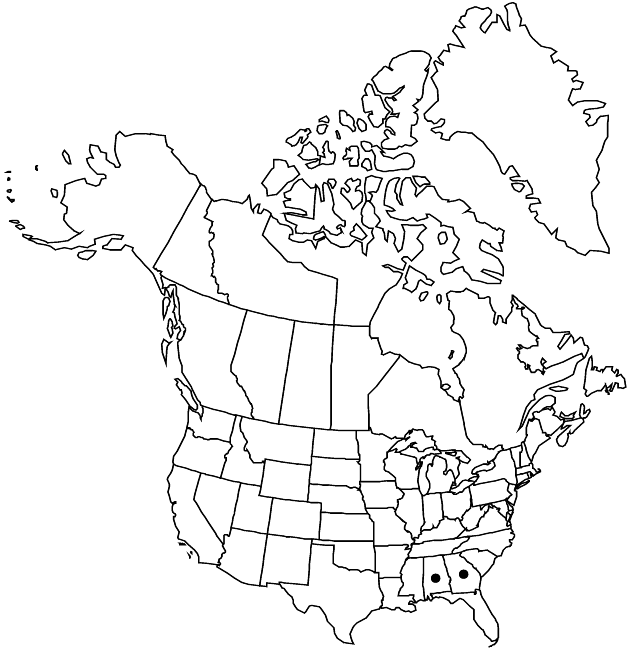Difference between revisions of "Coreopsis pulchra"
in J. K. Small, Fl. S.E. U.S., 1277, 1340. 1903.
Endemic
FNA>Volume Importer |
imported>Volume Importer |
||
| (5 intermediate revisions by 2 users not shown) | |||
| Line 1: | Line 1: | ||
{{Treatment/ID | {{Treatment/ID | ||
|accepted_name=Coreopsis pulchra | |accepted_name=Coreopsis pulchra | ||
| − | |accepted_authority=F. E. Boynton | + | |accepted_authority=F. E. Boynton |
|publications={{Treatment/Publication | |publications={{Treatment/Publication | ||
|title=in J. K. Small, Fl. S.E. U.S., | |title=in J. K. Small, Fl. S.E. U.S., | ||
|place=1277, 1340. 1903 | |place=1277, 1340. 1903 | ||
|year=1903 | |year=1903 | ||
| + | }} | ||
| + | |special_status={{Treatment/ID/Special_status | ||
| + | |code=E | ||
| + | |label=Endemic | ||
}} | }} | ||
|basionyms= | |basionyms= | ||
| Line 31: | Line 35: | ||
-->{{#Taxon: | -->{{#Taxon: | ||
name=Coreopsis pulchra | name=Coreopsis pulchra | ||
| − | + | |authority=F. E. Boynton | |
| − | |authority=F. E. Boynton | ||
|rank=species | |rank=species | ||
|parent rank=section | |parent rank=section | ||
| Line 45: | Line 48: | ||
|publication title=in J. K. Small, Fl. S.E. U.S., | |publication title=in J. K. Small, Fl. S.E. U.S., | ||
|publication year=1903 | |publication year=1903 | ||
| − | |special status= | + | |special status=Endemic |
| − | |source xml=https:// | + | |source xml=https://bitbucket.org/aafc-mbb/fna-data-curation/src/2e0870ddd59836b60bcf96646a41e87ea5a5943a/coarse_grained_fna_xml/V19-20-21/V21_471.xml |
|tribe=Asteraceae tribe Heliantheae | |tribe=Asteraceae tribe Heliantheae | ||
|subtribe=Asteraceae (tribe Heliantheae) subtribe Coreopsidinae | |subtribe=Asteraceae (tribe Heliantheae) subtribe Coreopsidinae | ||
Latest revision as of 20:12, 5 November 2020
Perennials, 20–40+ cm. Internodes (± mid stem) 8–12(–16) mm. Leaves: petioles 0–1 mm; blades usually 3-foliolate, simple blades or leaflets entire or each ± pedately lobed with 2–5+, ± oblong to linear lobes 15–30+ × 1–1.5(–2.5+) mm. Peduncles 2–5(–8+) cm. Calyculi of 8 oblong to linear bractlets 1.5–3+ mm. Phyllaries 8, lance-ovate to oblong, 4–5 mm. Ray laminae 10–20+ mm. Disc florets 30–45+; corollas yellow (sometimes drying blackish) or purple, 3–4 mm. Cypselae obovate to oblong, 4–5 mm. 2n = 26.
Phenology: Flowering Jun–Sep.
Habitat: Openings in woods, sandstone outcrops
Elevation: 300 m
Discussion
Selected References
None.
Lower Taxa
None.
